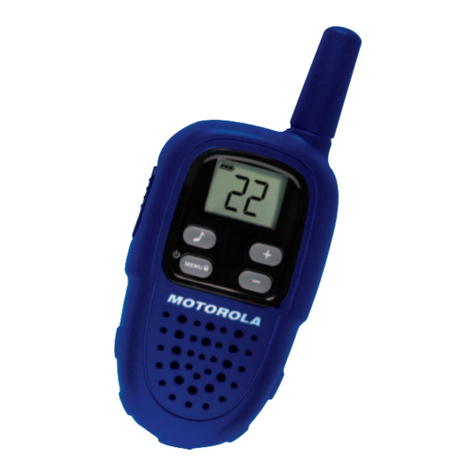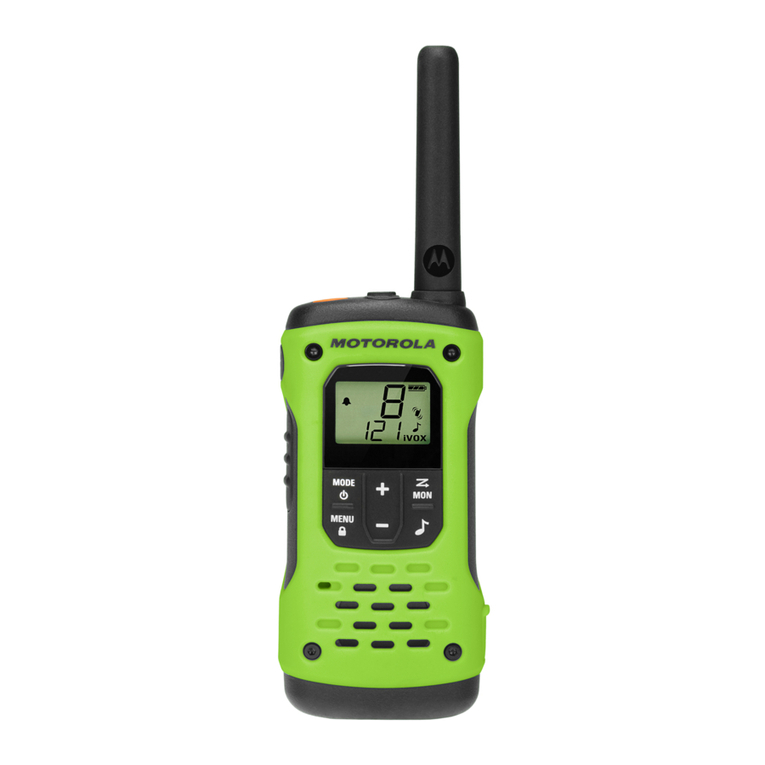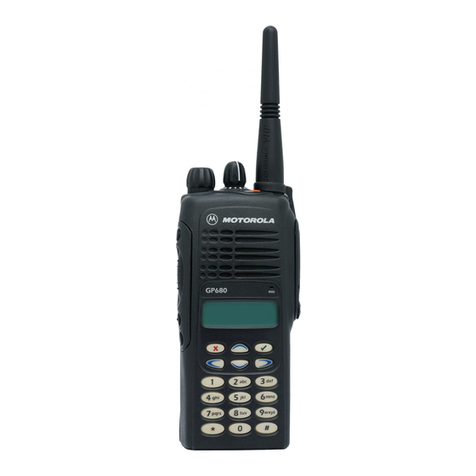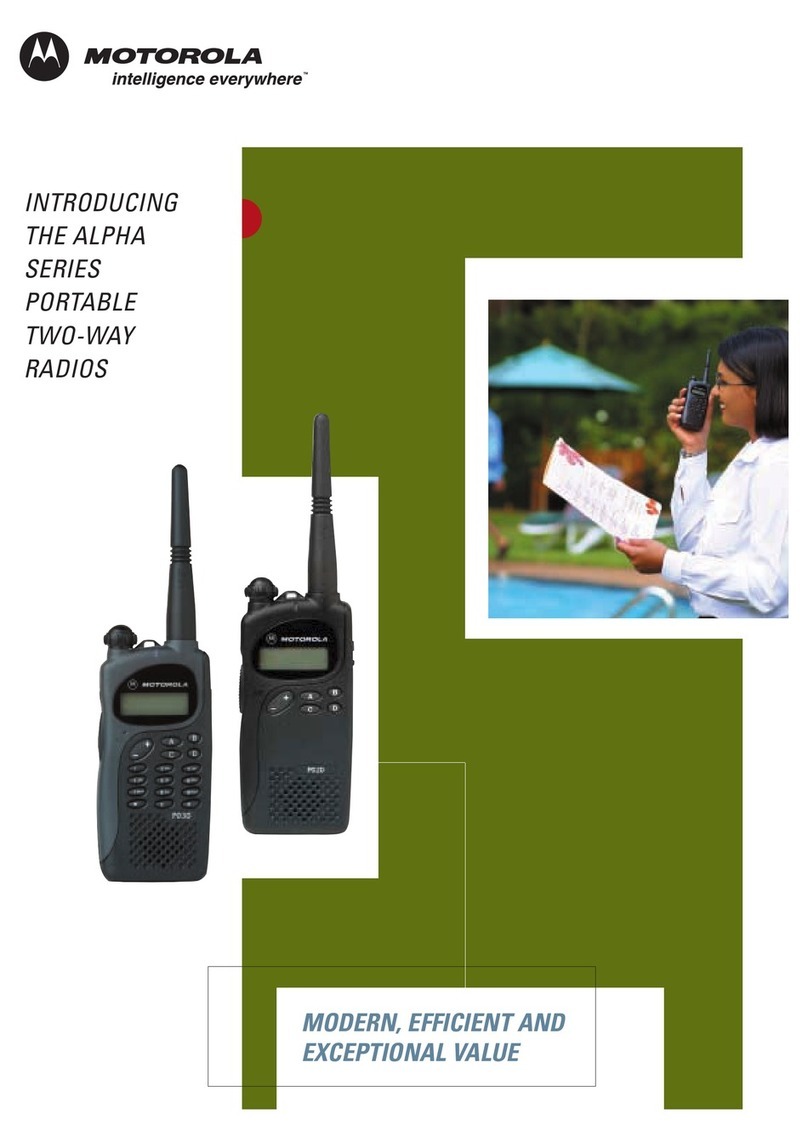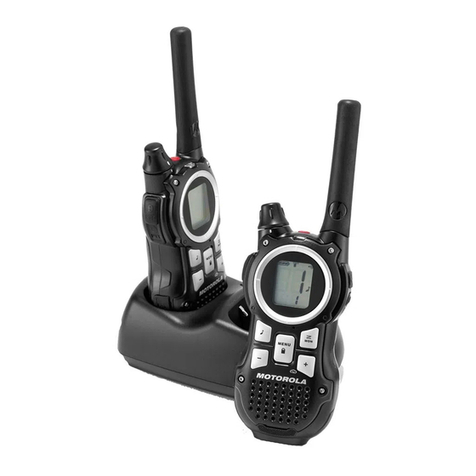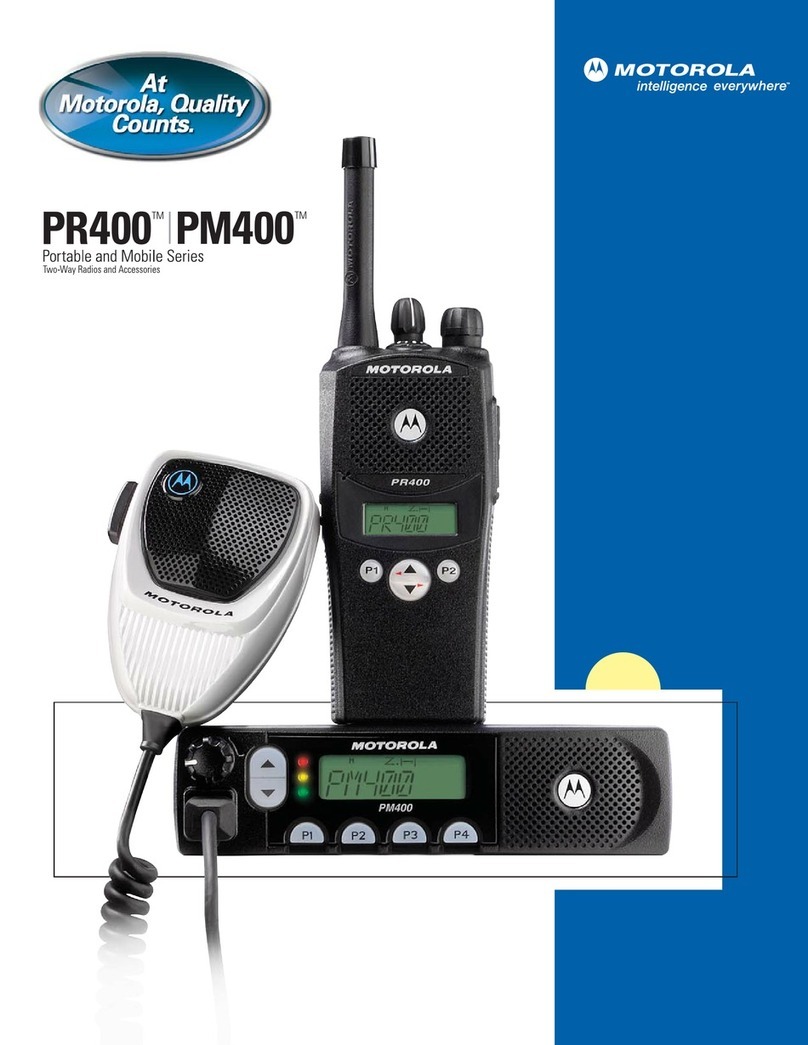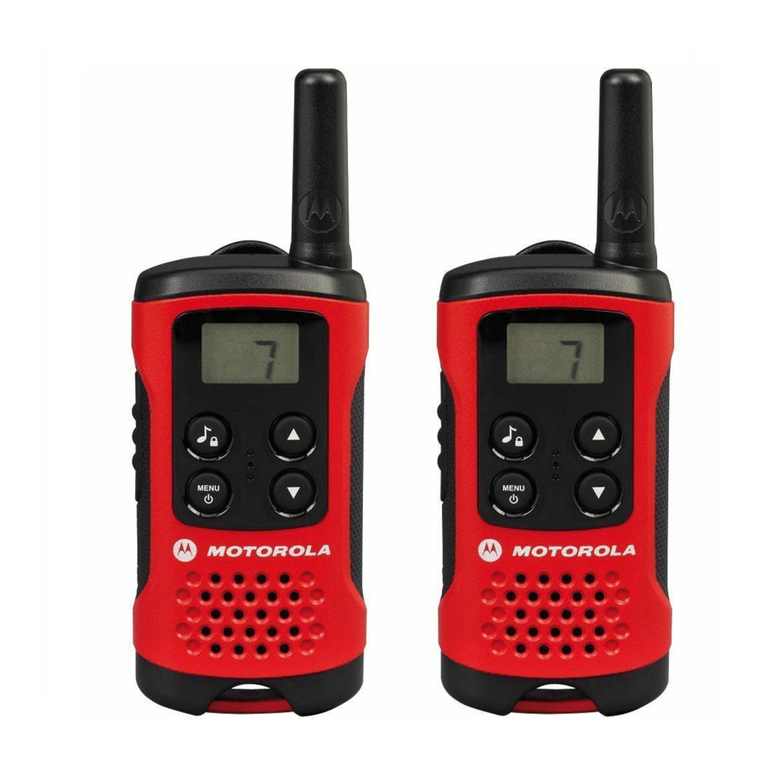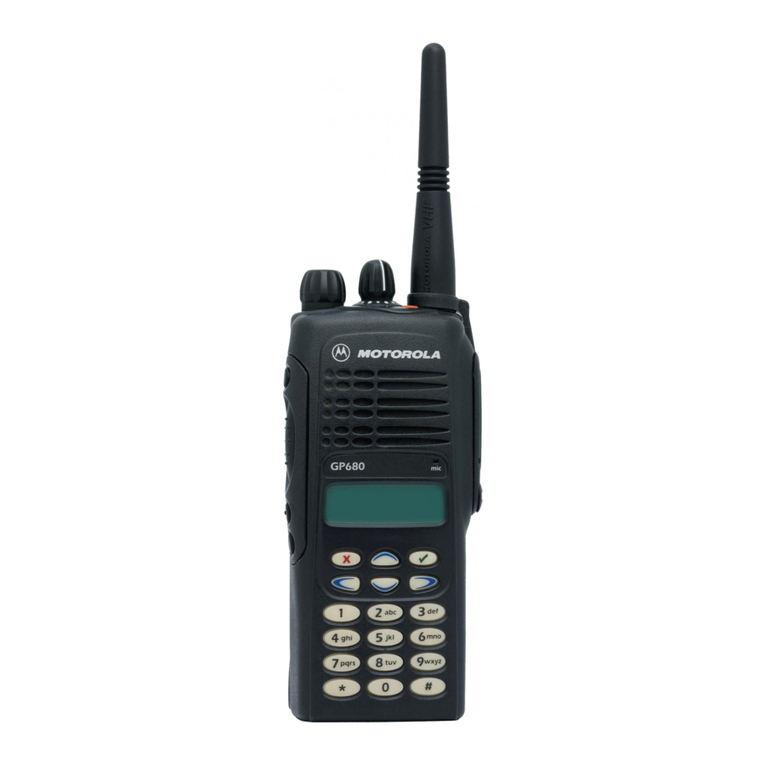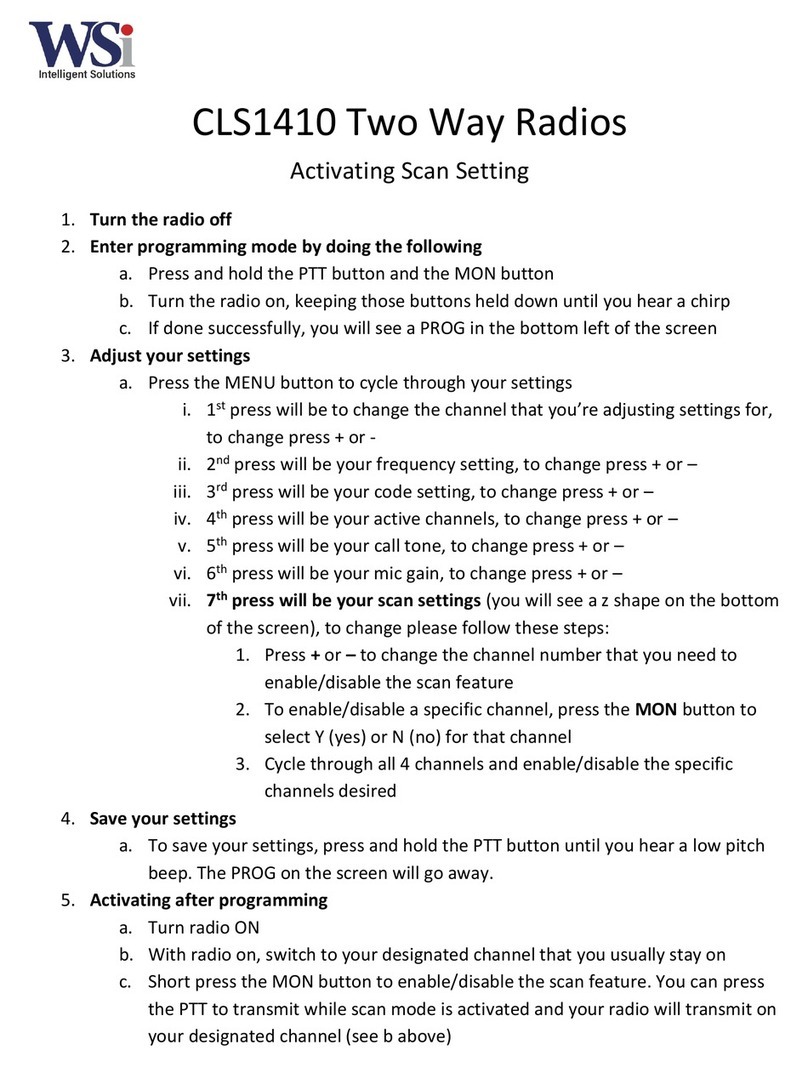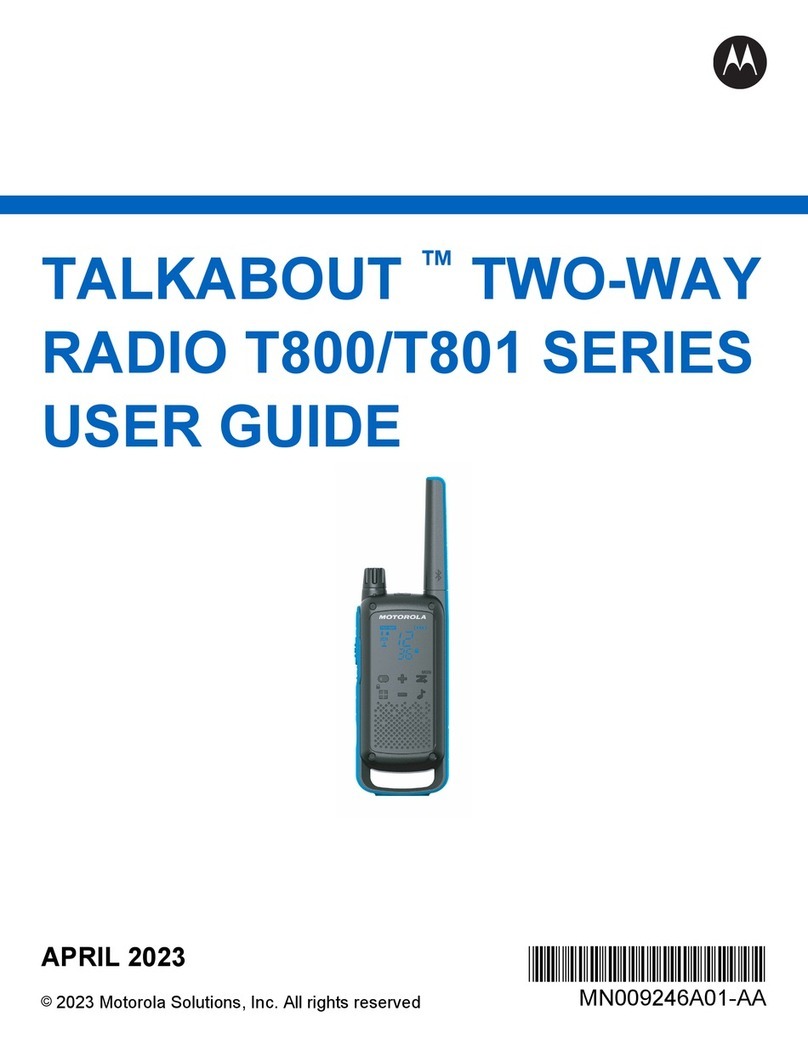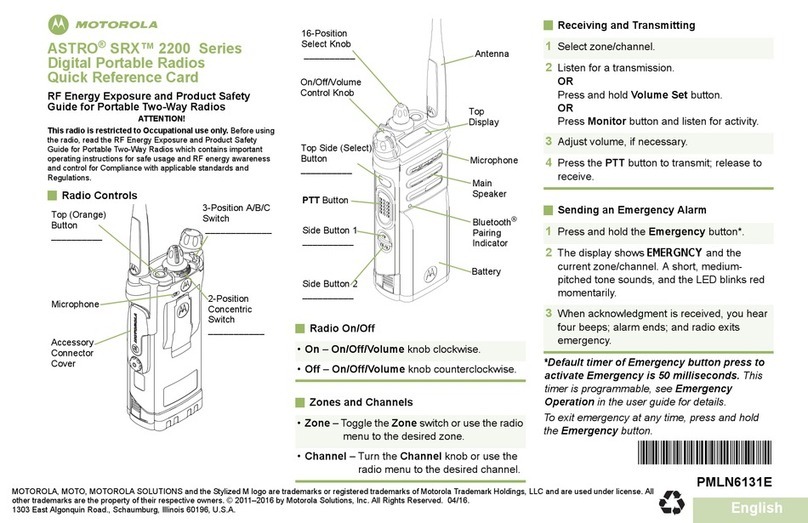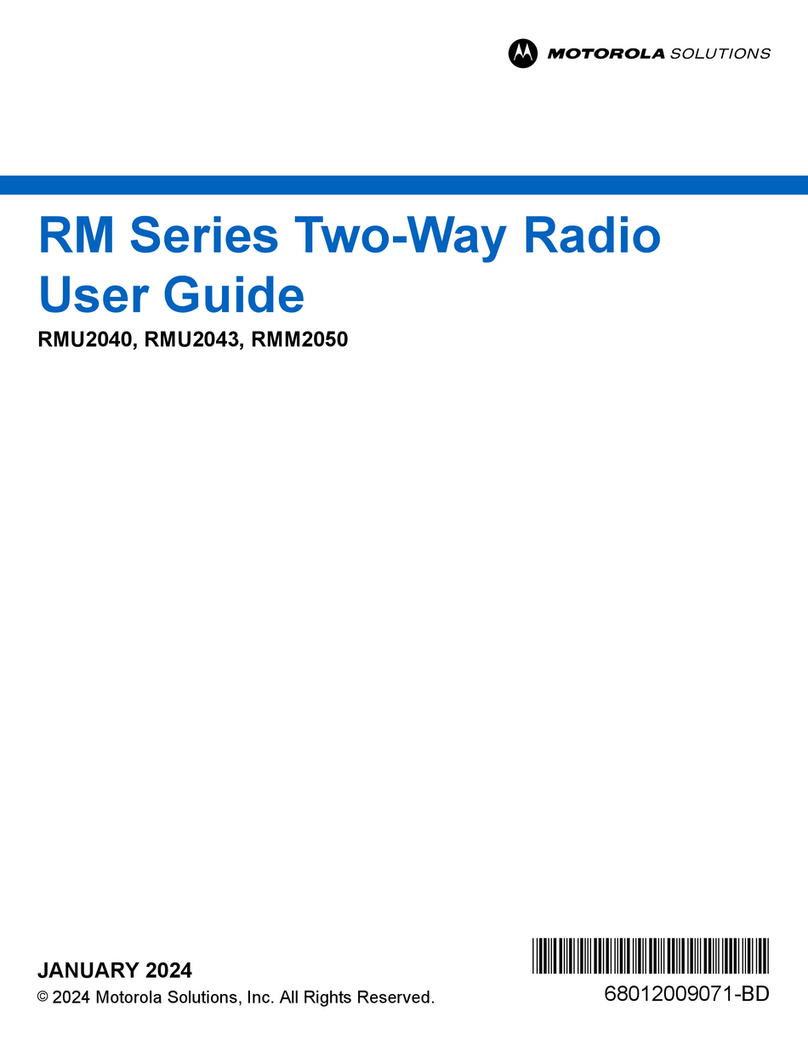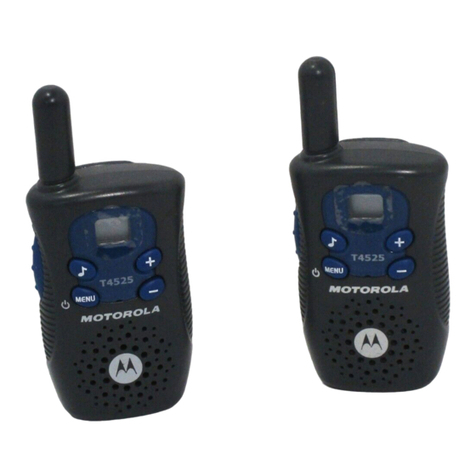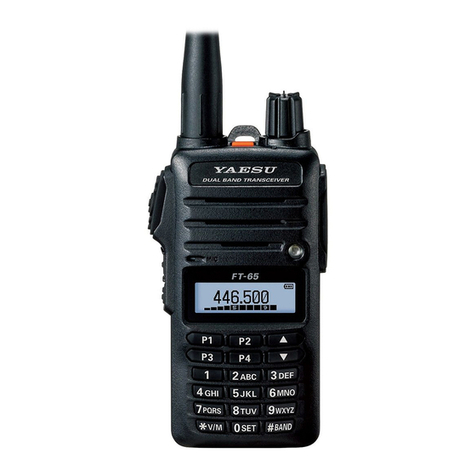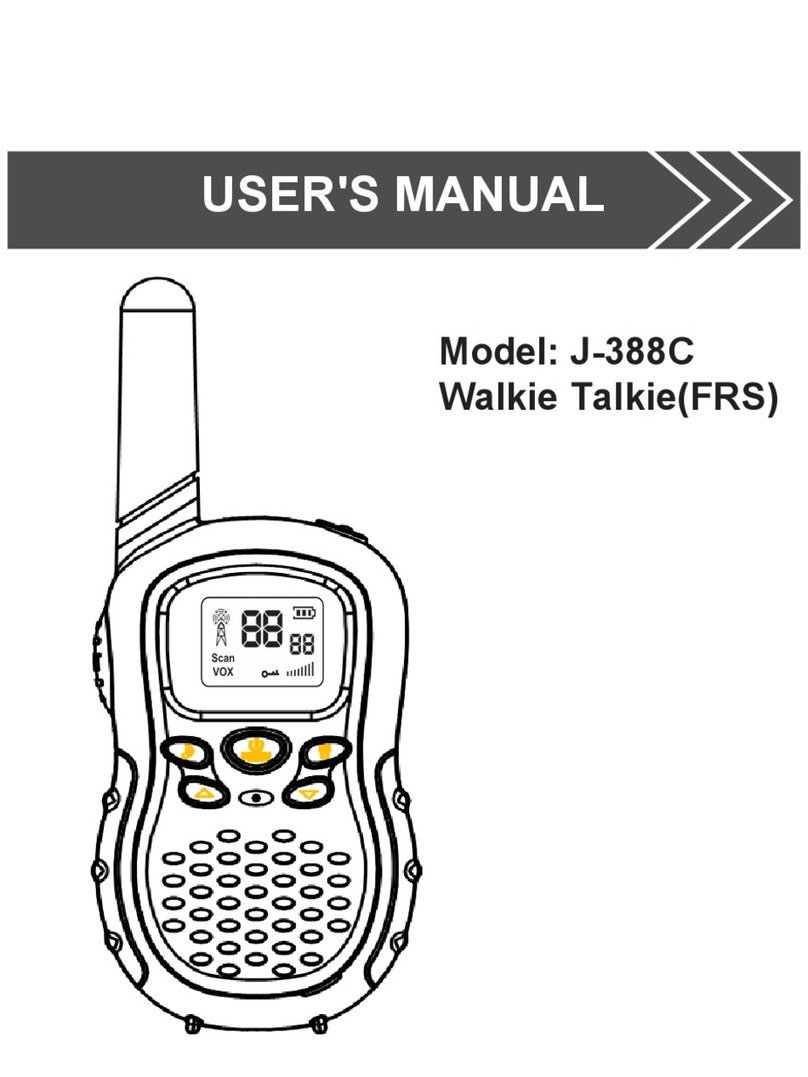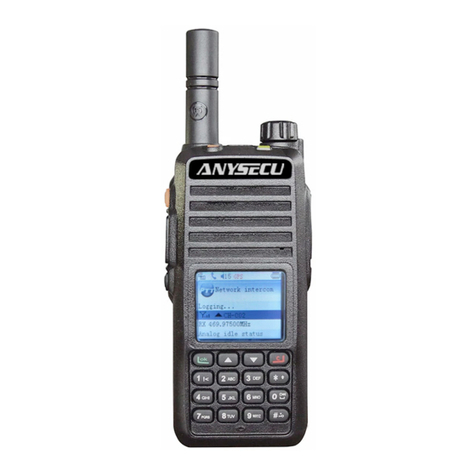
ii
2.3.4.3 Dual Tone Multiple Frequency (DTMF) Data ........................
...
2-12
2.3.5 Receive Audio Circuits .........................................................................2-13
2.3.5.1 Squelch Detect.........................................................................2-13
2.3.5.2 Audio Processing and Digital Volume Control .........................2-13
2.3.5.3 Audio Amplification Speaker(+) Speaker(-) ...........................2-14
2.3.5.4 Handset Audio .........................................................................2-14
2.3.5.5 Filtered Audio and Flat Audio...................................................2-15
2.3.5.6 RX Secure Audio Option..........................................................2-15
2.3.5.7 Option Board Receive Audio....................................................2-15
2.3.6 Receive Signalling Circuits...................................................................2-16
2.3.6.1 Sub-Audible Data (PLIDPL) and High Speed Data Decoder
...
2-16
2.3.6.2 Alert Tone Circuits ...................................................................2-16
2.3.6.3 Voice Storage Option...............................................................2-17
2.4 200 MHz Receiver Front-End.............................................................................2-18
2.4.1 Receiver Front End ..............................................................................2-18
2.4.2 Receiver Back End...............................................................................2-19
2.5 Transmitter Power Amplifier (PA)
25
W .............................................................2-19
2.5.1 Power Controlled Stage ......................................
..
......
..
.......................2-20
2.5.2 Pre-Driver Stage...................................................................................2-20
2.5.3 Final Stage .......................................................................
..
...
...............2-20
2.5.4 Directional Coupler
..
..............................................
..
....
...
......................2-20
2.5.5 Antenna Switch ....................................................................................2-20
2.5.6 Harmonic Filter .....................................................................................2-21
2.5.7 Power Control.......................................................................................2-21
2.6 Frequency Synthesis..........................................................................................2-21
2.6.1 Reference Oscillator..................................................
..
.........................2-21
2.6.2 Fractionai-N Synthesizer..............................,.......................................2-22
2.6.3 Voltage Controlled Oscillator
(VC0)
.....................................................2-23
2.6.4 Synthesizer Operation ..........................................................................2-24
2.7 700 MHz Receiver Front-End.............................................................................2-25
2.7.1 Receiver Front-End .........................
..
...................................................2-25
2.7.2 Receiver Back-End.............................
...
........................................
...
....
2-25
2.8 Transmitter Power Amplifier (PA)
15
W .............................................................2-26
2.8.1 Power Controlled Stage ..................................................
....
.................2-26
2.8.2 Driver Stage .........................................................................................2-27
2.8.3 Final Stage ..................................
..
..............
...
...................................
..
.2-27
2.8.4 Antenna Switch ....................................................................................2-27
2.8.5 Harmonic Filter
...
........
...
..............
...
...................................
..
.................2-27
2.8.6 Bi-Directional Coupler ..........................................................................2-27
2.8.7 Power Control.......................................................................................2-27
2.9 Frequency Synthesis..........................................................................................2-28
2.9.1 Reference Oscillator.............................................................................2-28
2.9.2 Fractionai-N Synthesizer......................................................................2-28
2.9.3 Voltage Controlled Oscillator
(VC0)
.....................................................2-29
2.9.4 Synthesizer Operation..........................................................................2-31
.)
